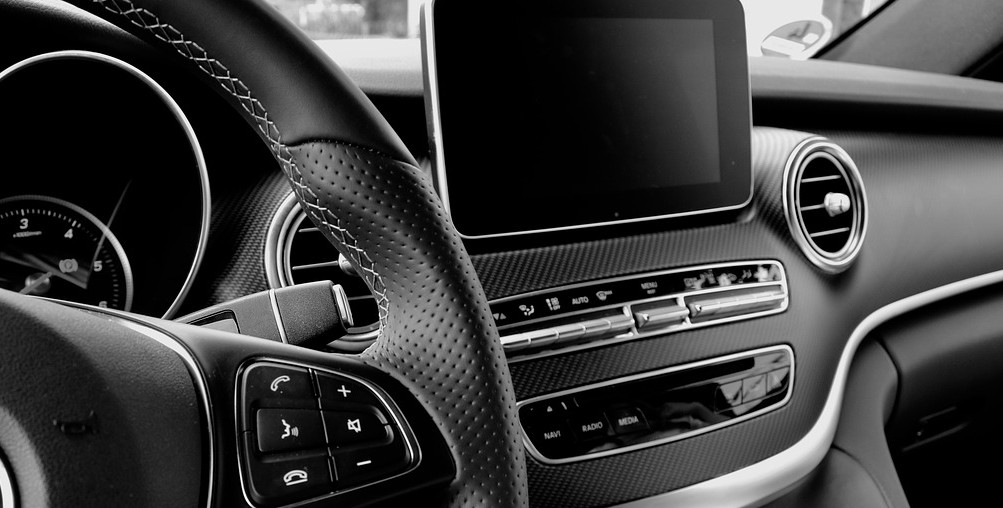
The findings of a fatal car crash federal investigation followed by new research warns of a threat that will certainly only grow more widespread in the future: distracted drivers relying too heavily on technology. In February of this year the National Transportation Safety Board announced the findings of its investigation into a 2018 California car crash that killed one person. The person who died was the driver of a car on “autopilot.” The car crashed into a concrete median barrier, killing the driver.
Causes of Fatal Car Accident
The NTSB’s investigation determined there were two causes of the fatal car accident:
· Driver distracted by cell phone
· Driver overreliance on the autopilot technology
The driver of the car – a model not yet available to the driving public – apparently had his hands off the wheel and engaged with his phone. The NTSB found that before the crash the cruise control was set to 75 mph. Prior to impact the car automatically slowed down as the onboard technology detected another vehicle ahead. But just seconds prior to the fatal crash the car sped up again after that warning ended.
Forensic evidence shows the automatic braking system never activated, the driver never hit the brakes and never regained the steering wheel to avoid the fatal crash.
Following that real-life scenario comes a new study that echoes the dangers when drivers become complacent behind the wheel due to technology.
In November the Insurance Institute for Highway Safety announced the findings of its research that examined this phenomenon. (“Disengagement From Driving When Using Automation During A 4-week Field Trial”) The goal of the IIHS is to reduce fatal motor vehicle crashes.
Twenty drivers took part in the month-long research. Half drove a vehicle that featured adaptive cruise control. This safety feature:
· Keeps the vehicle at a speed set by the driver
· Keeps the vehicle behind other vehicles at a pre-set distance
The other half drove a vehicle that had this system as well as another bit of technology that keeps the car centered in the chosen lane.
The first group’s technology is labeled Level 1, meaning it assists the driver with one task, while the second group’s is rated Level 2, as it provides help with two driving tasks. Level 2 tech is the most sophisticated available today.
Drivers Losing Focus
Initially all the drivers were fully engaged while driving, whether they were using the technology or not. But within the month timeframe the researchers found the drivers were frequently taking their hands off the wheel or losing their focus while employing the technology.
Drivers using the Level 2 technology were twice as likely to drive unfocused after one month compared to when it was new to them. And by the end of the four weeks these drivers were identified to be 12 times more likely to take their hands off the steering wheel compared to when they were driving manually.
Drivers in cars with the Level 1 tech were found to be more likely to use a cell phone while relying on the feature. And this distracted behavior increased as their familiarity with the technology did.
The question remains whether drivers will become more careless as this technology becomes more widely adopted. But even without it, distracted drivers today are a proven cause of fatal car crashes, as are a host of other negligent behaviors.
If you were seriously injured or had a family member killed in a car crash caused by another driver, turn to an experienced personal injury attorney to pursue your legal rights for justice.
The choice of a lawyer is an important decision that should not be based solely on advertisements.
Authored by Gray Ritter Graham, posted in Blog December 3, 2020

 RSS Feed
RSS Feed